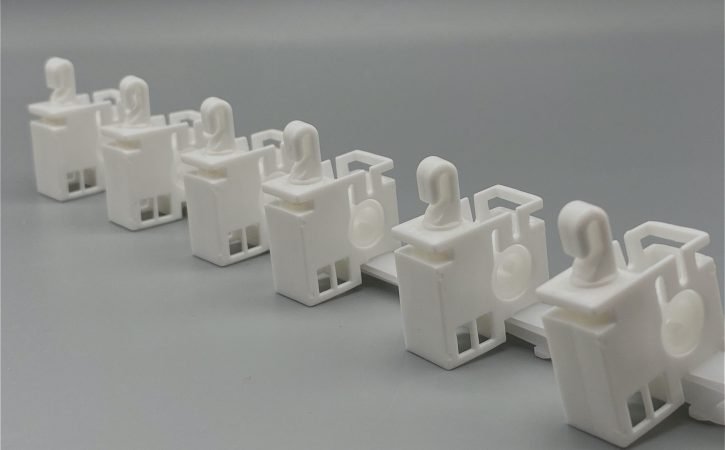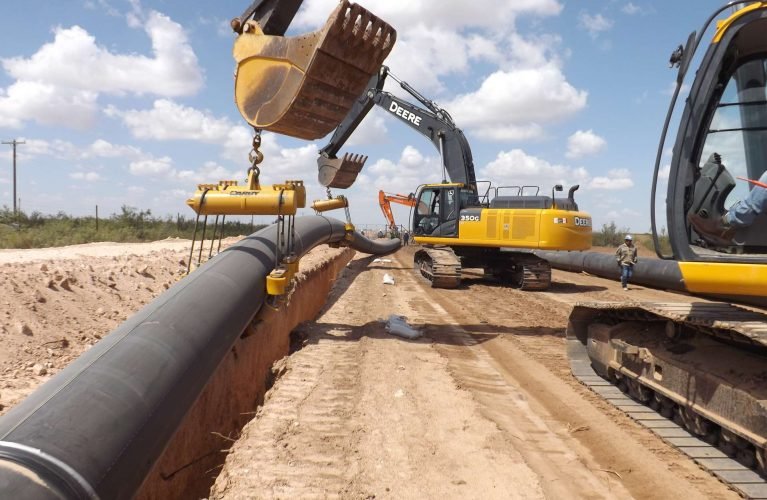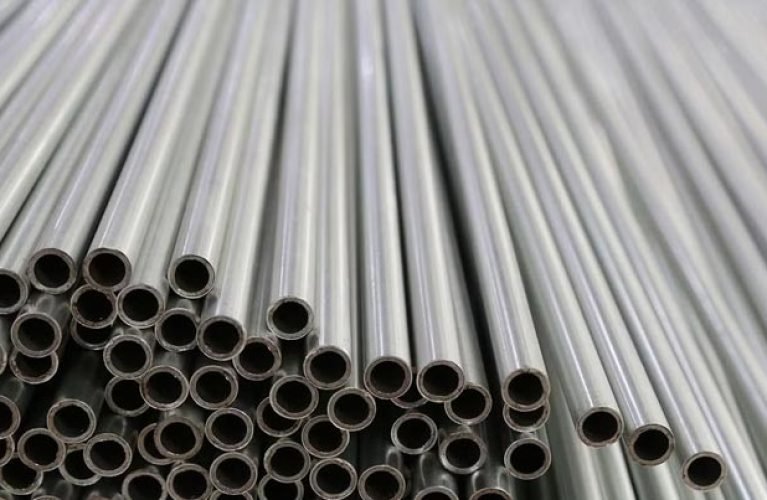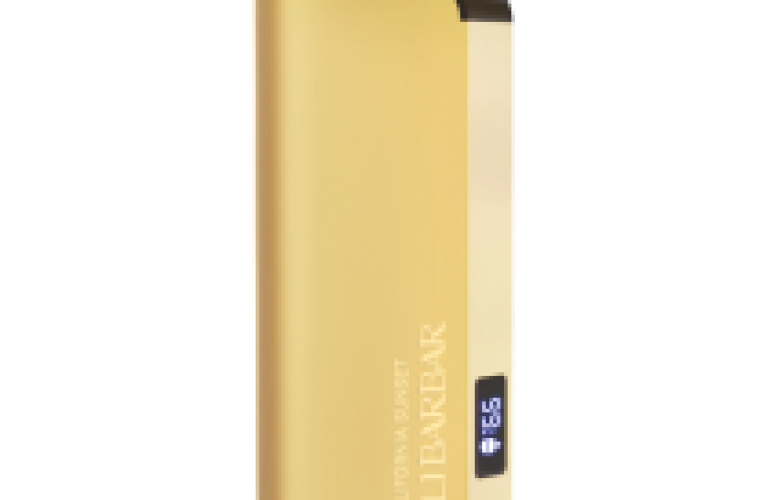Vertical blinds offer a versatile and stylish solution for window coverings, providing excellent light control and privacy. To ensure these blinds function smoothly and look their best, high-quality parts and accessories are essential. Similarly, curtain workroom supplies play a crucial role in the production of bespoke curtains. This guide will delve into the essential components, accessories, and spares for vertical blinds, as well as key supplies for curtain workrooms.
Understanding Vertical Blinds Parts
Vertical blinds consist of several crucial parts that work together to provide a functional and aesthetically pleasing window covering. Here are the primary components:
1. Headrail
The headrail is the top part of the vertical blinds, where the operational mechanisms are housed. It supports the louvers (vertical slats) and allows for their movement. Quality headrails are made from durable materials like aluminum or high-grade plastic to ensure longevity.
2. Louvers (Slats)
The louvers are the vertical slats that hang from the headrail. They can be made from various materials, including fabric, PVC, or aluminum, and come in different widths and colors to match any decor.
3. Carriers
Carriers are the mechanisms within the headrail that hold and move the louvers. Each louver is attached to a carrier, which slides along a track in the headrail to open, close, or tilt the slats.
4. Tilt Mechanism
This mechanism controls the angle of the louvers, allowing you to adjust the amount of light entering the room. The tilt mechanism can be operated by a wand or chain control.
5. Bottom Chain
The bottom chain links the bottom of the louvers, providing stability and ensuring they move in unison. This component is especially important for maintaining the neat appearance of the blinds.
6. Weights
Louver weights are inserted into the bottom pockets of fabric slats to keep them straight and prevent them from flapping around. These weights are usually made of plastic or metal.
7. Brackets
Brackets are used to mount the headrail to the window frame or wall. They need to be strong and securely fixed to support the weight of the blinds.
8. Valance
A valance is an optional decorative piece that covers the headrail, giving the blinds a finished and polished look. Valances can be made from the same material as the louvers or a complementary fabric.
Vertical Blind Accessories
To enhance the functionality and appearance of vertical blinds, various accessories are available:
1. Wand Control
Wand controls are a popular choice for operating vertical blinds. They offer a child-safe alternative to cords and chains, reducing the risk of accidents.
2. Cord Weights and Tensioners
Cord weights and tensioners keep control cords taut and tidy, preventing them from becoming tangled and ensuring smooth operation.
3. Hold-Down Brackets
These brackets secure the bottom of the louvers, preventing them from swinging, which is especially useful for blinds installed on doors.
4. Replacement Louvers
Over time, louvers can become damaged or discolored. Replacement louvers allow you to refresh the look of your blinds without having to replace the entire set.
Spares for Vertical Blinds
Maintaining vertical blinds often involves replacing worn-out or damaged parts. Here are some common spares you might need:
1. Replacement Carriers
Carriers can wear out with frequent use. Having spare carriers on hand ensures that your blinds remain functional.
2. Tilt Mechanism Parts
If the tilt mechanism fails, replacement parts can restore the functionality of your blinds.
3. Headrail Components
Components like end caps, gliders, and tracks within the headrail may need replacing to keep the blinds operating smoothly.
4. Chain and Weight Spares
Spare chains and weights are useful for quick repairs and maintaining the appearance of the blinds.
Curtain Workroom Supplies
For those involved in the production of bespoke curtains, having the right supplies is essential. Here are some key curtain workroom supplies:
1. Fabric
High-quality fabric is the foundation of any curtain project. Choose from a wide range of materials, including cotton, silk, linen, and polyester, depending on the desired look and functionality.
2. Lining Fabric
Lining fabric enhances the durability and appearance of curtains. It provides additional insulation, light control, and protection for the main fabric.
3. Curtain Tape
Curtain tape is sewn into the top of the curtain to create pleats and provide structure. Various types of tape are available, including pencil pleat, pinch pleat, and eyelet tape.
4. Hooks and Rings
These small components are essential for hanging curtains. Ensure you have a good stock of hooks, rings, and gliders to match the chosen curtain track or pole.
5. Trimmings and Embellishments
Trimmings like tassels, fringes, and braids add a decorative touch to curtains. These embellishments can enhance the overall aesthetic and complement the room’s decor.
6. Sewing Supplies
High-quality thread, needles, and other sewing supplies are crucial for achieving professional results. Invest in durable and reliable tools to ensure the longevity of your curtains.
7. Curtain Poles and Tracks
Choose the appropriate curtain poles or tracks to suit the weight and style of the curtains. Options include metal, wood, and plastic, with various finishes to match different decor styles.
Conclusion
Whether you’re dealing with vertical blinds or bespoke curtains, the quality of components and supplies significantly impacts the final product. For vertical blinds, ensure you have access to high-quality parts, accessories, and spares to maintain their functionality and appearance. For curtain workrooms, investing in top-notch supplies will help you create beautiful, durable curtains that meet your clients’ needs.
By choosing reliable suppliers and keeping a well-stocked inventory of essential parts and supplies, you can ensure smooth operations and high-quality results in your window treatment projects.











